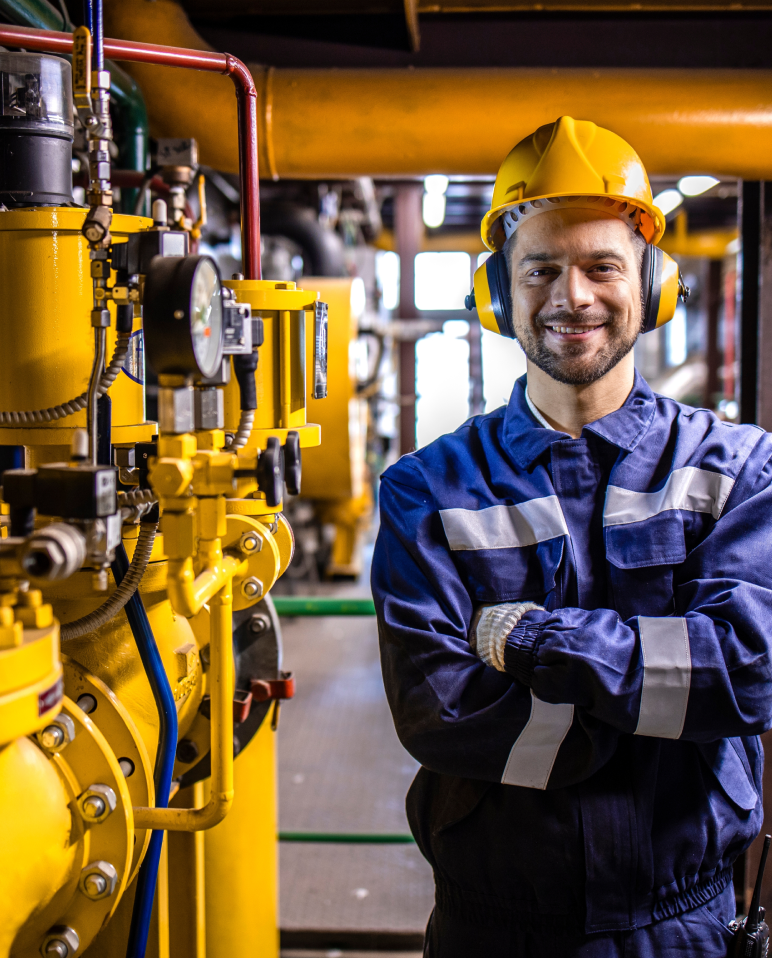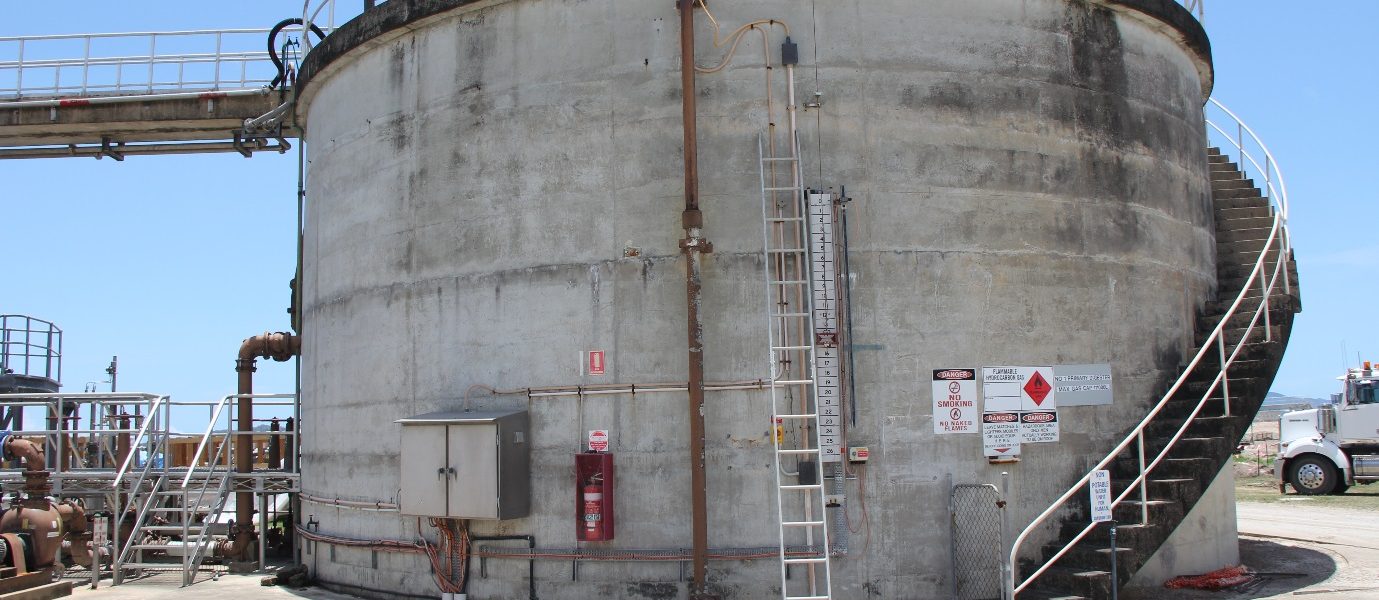Some Known Questions About Roar Solutions.
Some Known Questions About Roar Solutions.
Blog Article
Our Roar Solutions Statements
Table of ContentsRoar Solutions Can Be Fun For Anyone9 Easy Facts About Roar Solutions ExplainedRoar Solutions Can Be Fun For Anyone
In order to safeguard installations from a possible surge a method of evaluating and categorizing a potentially harmful location is needed. The objective of this is to make sure the appropriate selection and installment of equipment to eventually prevent an explosion and to ensure security of life.
(https://leetcode.com/u/roarsolutions/)
No equipment needs to be set up where the surface temperature of the equipment is above the ignition temperature of the given threat. Below are some common dust dangerous and their minimal ignition temperature level. Coal Dirt 380C 225C Polythene 420C (melts) Methyl Cellulose 420C 320C Starch 460C 435C Flour 490C 340C Sugar 490C 460C Grain Dust 510C 300C Phenolic Resin 530C > 450C Aluminium 590C > 450C PVC 700C > 450C Soot 810C 570C The possibility of the hazard being existing in a concentration high sufficient to cause an ignition will certainly differ from place to place.
In order to identify this risk an installment is separated right into areas of danger relying on the amount of time the dangerous exists. These locations are referred to as Zones. For gases and vapours and dusts and fibres there are 3 zones. Area 0 Area 20 A harmful atmosphere is highly most likely to be present and might be existing for extended periods of time (> 1000 hours annually) and even continually Area 1 Zone 21 An unsafe atmosphere is possible but not likely to be present for lengthy periods of time (> 10 450 C [842 F] A classification of T6 suggests the minimal ignition temperature level is > 85 C [185 F] Hazardous location electric tools maybe created for use in greater ambient temperature levels. This would certainly showed on the score plate e.g. EExe II C T3 Ta + 60C( This implies at 60C ambient T3 will not be exceeded) T1 T1, T2, T3, T4, T5, T6 T2 T2, T3, T4, T5, T6 T3 T3, T4, T5, T6 T4 T4, T5, T6 T5 T5, T6 T6 T6 A T Course rating of T1 suggests the optimum surface temperature created by the instrument at 40 C is 450 C. Assuming the linked T Class and Temperature ranking for the equipment are proper for the location, you can constantly use a tool with a much more strict Department score than required for the location. There isn't a clear answer to this concern. It actually does depend on the kind of devices and what repairs require to be carried out. Devices with particular test procedures that can not be performed in the area in order to achieve/maintain 3rd party rating. Need to come back to the manufacturing facility if it is prior to the tools's solution. Area Repair By Authorised Employee: Complicated screening may not be called for nonetheless certain procedures might require to be complied with in order for the devices to preserve its 3rd party ranking. Authorised personnel need to be utilized to carry out the work correctly Repair service should be a like for like replacement. New component have to be taken into consideration as a straight substitute calling for no unique screening of the tools after the repair is total. Each piece of devices with a hazardous score need to be examined individually. These are outlined at a high degree below, but also for even more thorough info, please refer straight to the guidelines.
Little Known Questions About Roar Solutions.
The tools register is a detailed database of devices records that consists of a minimum set of areas to recognize each thing's location, technological parameters, Ex-spouse classification, age, and ecological data. The ratio of Thorough to Shut evaluations will be identified by the Devices Danger, which is examined based on ignition threat (the probability of a source of ignition versus the likelihood of a flammable atmosphere )and the harmful location classification
( Zone 0, 1, or 2). Carrying out a durable Risk-Based Assessment( RBI )strategy is essential for ensuring conformity and security in managing Electric Tools in Hazardous Locations( EEHA).
4 Simple Techniques For Roar Solutions

In regards to eruptive threat, an unsafe location is an atmosphere in which an eruptive ambience exists (or may be anticipated to be present) in quantities that call for special preventative measures for the building and construction, setup and use devices. eeha courses. In this article we check out the challenges faced in the work environment, the threat control steps, and the called for proficiencies to function safely
These materials can, in particular conditions, develop eruptive ambiences and these can have major and awful effects. Many of us are familiar with the fire triangular eliminate any kind of one of the three components and the fire can not take place, however what does this mean in the context of dangerous areas?
In many instances, we can do little regarding the degrees of oxygen airborne, however we can have substantial influence on resources of ignition, as an example electric tools. Unsafe locations are documented on the harmful area classification drawing and are identified on-site by the triangular "EX" sign. Right here, among other essential information, areas are split into three types depending on the hazard, the chance and duration that an explosive ambience will exist; Zone 0 or 20 is regarded the most hazardous and Area 2 or 22 is regarded the least.
Report this page